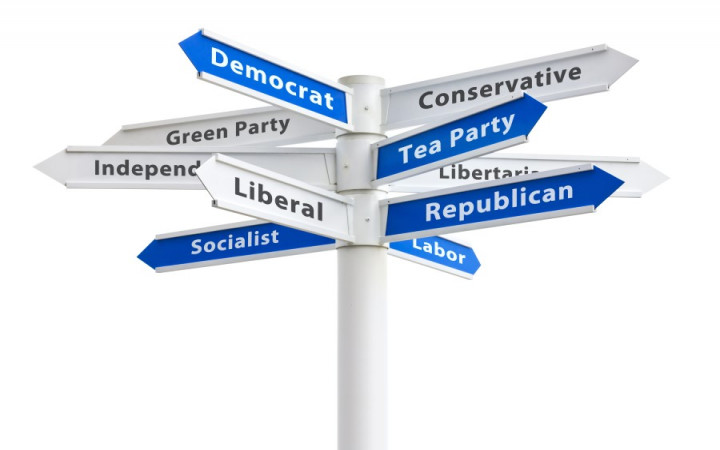It's Election Day here in Wonderopolis, and we're getting ready to perform our civic duty by voting! Candidates on the voting ballot are associated with political parties and many are either part of the Republican party (often represented by an elephant) or Democratic party (often represented by a donkey). But have you ever WONDERed why there are Democrats and Republicans in the first place?
To discover the origins of political parties in the United States, we have to go back a couple of centuries to the birth of our nation. As our Constitution was drafted and eventually ratified, two groups with different interests emerged.
Alexander Hamilton led a group of leaders who wanted a strong central government that would protect the country's growing businesses. They became known as the Federalists and are considered the first political party in the United States.
In response to the Federalists, Thomas Jefferson led a group of leaders who wanted to limit the power of the federal government, leaving most of the power in the hands of state and local governments. These anti-Federalists became known as Democratic-Republicans.
Over the next century, political parties would come and go. Around the time of the Civil War, there were four major political parties. Our modern system with two major political parties — the Democrats and Republicans — has evolved and solidified over the last century.
Today, a political party can best be described as a group of voters who organize together with the goal of supporting certain public policies. Members of a political party nominate and try to elect candidates who they believe will help carry out the policies they support. In this way, a candidate's political party affiliation helps voters easily identify and understand what types of policies he or she supports.
Although it may seem like Democrats and Republicans are polar opposites who have nothing in common, they actually share a lot of core beliefs and goals. When they disagree, it's often not so much about the overall goal, such as growing the economy, but instead it's usually about how that goal should be achieved. For example, Republicans usually tend to oppose government programs as solutions, whereas Democrats often believe the federal government can and should create solutions.
Although many Americans identify themselves as members of one of the two major political parties, more and more citizens are beginning to identify themselves as independent voters or members of alternative political parties, known as third parties. Today, voting only for members of one political party (called straight-ticket voting) occurs less frequently than it did in the past.
As society and its problems become more complex, modern voters are increasingly choosing candidates based upon their views on particular issues rather than political party affiliation. Despite the emergence of various third parties over the years, however, the two main political parties continue to dominate the U.S. political landscape and show no signs of slowing down any time soon.




